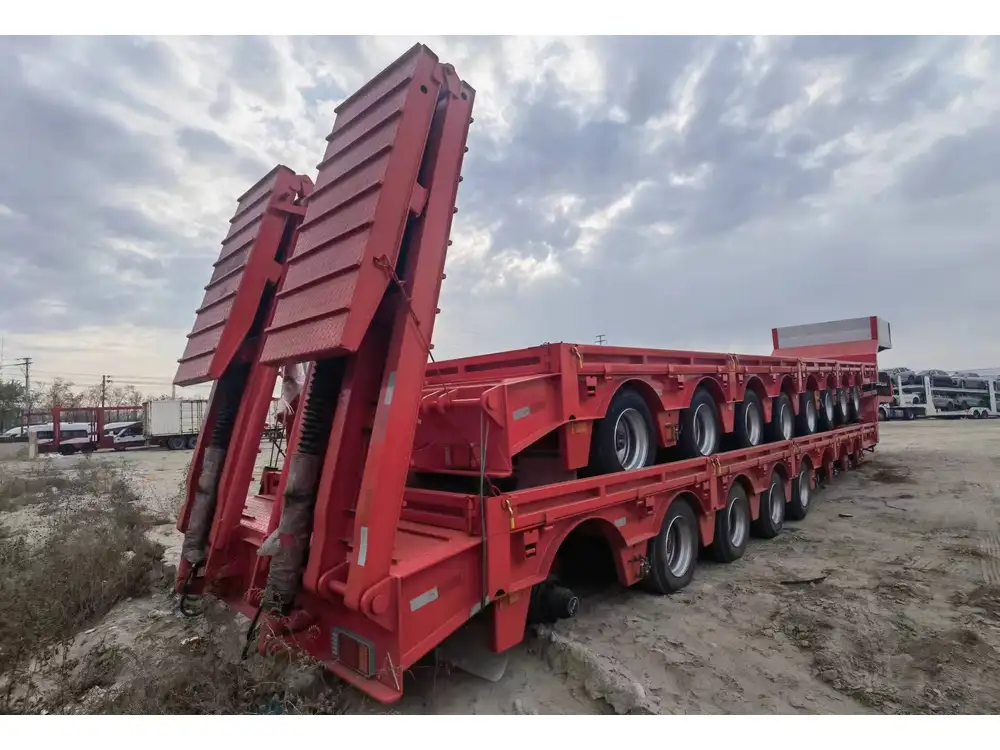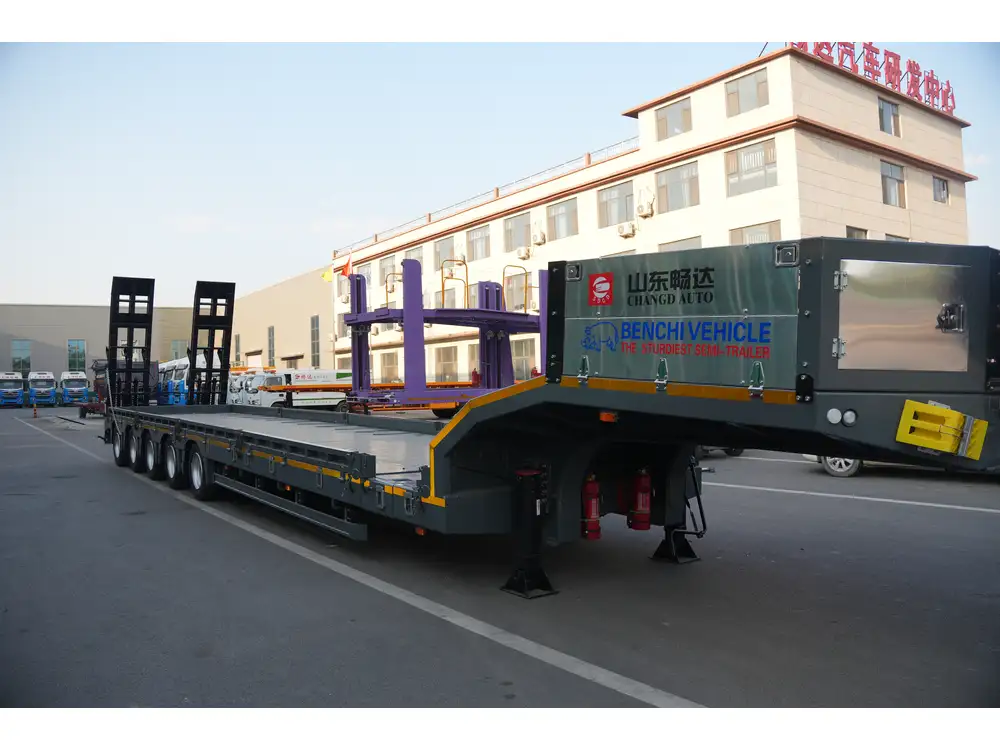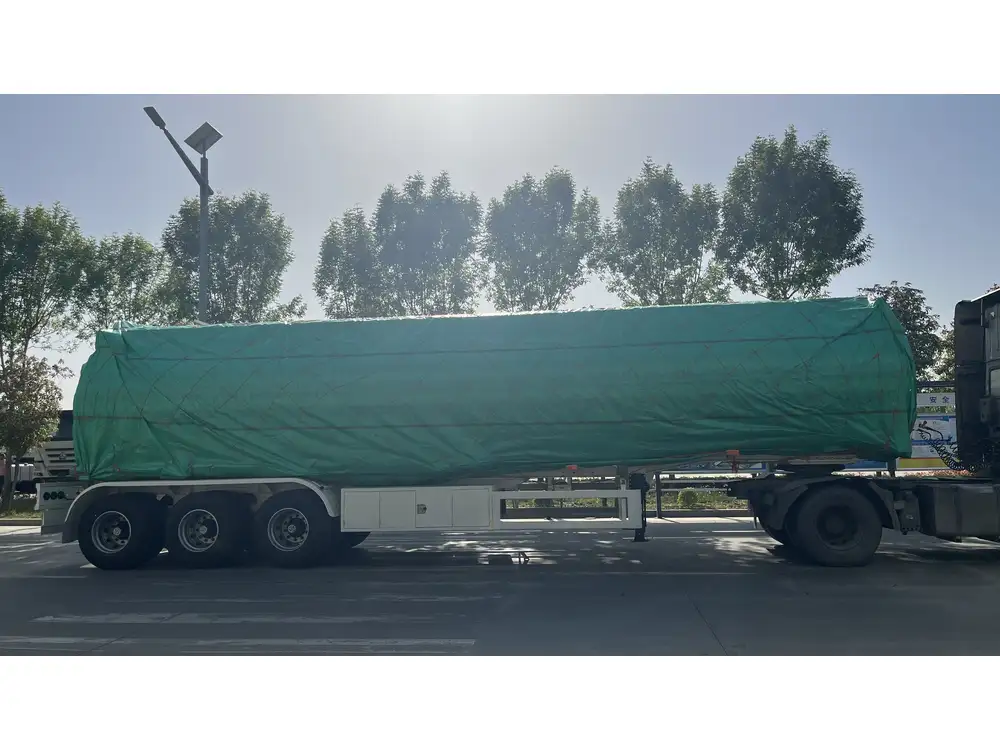Navigating the thrilling terrain in your Can-Am vehicle can be an exhilarating experience, but understanding the fuel efficiency and range of your machine is crucial for a successful adventure. This guide delves into the specifics of how far you can expect to travel on a tank of gas in a Can-Am model, particularly focusing on the Can-Am Trail series, which is engineered for versatility and durability.
Understanding Fuel Capacity of Can-Am Trail Models
Overview of Fuel Tank Sizes
| Can-Am Model | Fuel Tank Capacity | Average MPG | Estimated Range (miles) |
|---|---|---|---|
| Can-Am Outlander | 5.4 gallons | 18 MPG | 97 |
| Can-Am Renegade | 4.5 gallons | 20 MPG | 90 |
| Can-Am Maverick | 10.6 gallons | 15 MPG | 159 |
Choosing the right model requires understanding not only the features but also the fuel dynamics. The above table gives a simplistic yet impactful overview of the fuel tank capacities for a few popular models. Let’s delve deeper into the figures and how they correspond to real-world guidelines.

Fuel Efficiency and Its Variability
Fuel efficiency is indeed a fluctuating factor influenced by numerous variables:
- Riding Conditions: Off-road surfaces, inclines, mud, or snow can significantly impact fuel consumption.
- Driving Style: Aggressive acceleration and high speeds drain the tank quicker than gradual maneuvers.
- Vehicle Load: Carrying extra weight can also reduce fuel efficiency.
- Tire Pressure: Properly inflated tires can enhance fuel management.
Calculating the Average Range of a Can-Am Trail Per Tank
To calculate the distance you can expect to travel per tank, we must analyze the average miles per gallon (MPG) alongside fuel tank capacity. For example, if a Can-Am model averages 15 MPG and has a capacity of 10.6 gallons:
[ \text{Estimated Range} = \text{Fuel Capacity} × \text{Average MPG} ] [ \text{Estimated Range} = 10.6 \text{ gallons} × 15 \text{ MPG} = 159 \text{ miles} ]Thus, under optimal conditions, one can expect to approach this figure during a full tank. However, the variability mentioned earlier can lead to deviations from this estimation.
Real-World Examples
Having a theoretical understanding lays the groundwork, but anecdotal evidence holds substantial value. Many Can-Am Trail owners report outcomes based on personal rides:
- John Doe: On a three-hour ride over mixed terrains, he managed around 75 miles with frequent stops, noting that steep inclines meant higher fuel consumption.
- Jane Smith: After an extended desert ride covering different altitudes, Jane reached an impressive 120 miles before refueling, attributing her efficient fuel range to conservative riding and low tire pressure.
These real-world accounts show that while theoretical calculations provide a helpful baseline, actual results may significantly differ due to situational parameters.

Maintenance for Optimal Fuel Efficiency
Regular Inspections
Here are pivotal maintenance practices that should be incorporated to maximize your Can-Am’s fuel efficiency:
- Oil Changes: Regular oil changes ensure smoother engine performance.
- Air Filters: Keep air filters clean to promote optimal combustion.
- Tire Checks: Consistent monitoring of tire pressure can lead to improved mileage.
Seasonal Preparation
Different seasons can affect your riding experience. Preparing for the rigors winter brings, such as icy conditions and substantial snow, mandates proper vehicle servicing:
- Fuel Additives: Use high-quality fuel and consider star-boosting additives to manage cold starts.
- Battery Checks: Ensure battery health, as cold temperatures can diminish performance.

Planning Your Routes Wisely
When considering “how many miles can a Can-Am trail per tank,” planning is paramount. Here are strategic tips for routing:
Identify Destinations
- Research Terrain: Understand trail conditions ahead of time through forums, local guidelines, or riding clubs.
- Trail Maps: Print and digital trail maps can reflect the mileage you may cover and can help avoid unexpected detours.
Fueling Stations and Alternatives
Preparing for fuel when planning longer excursions is essential:
- Know the Stops: Before hitting the road, verify potential gas stations on your route.
- Emergency Fuel: Carry a small fuel can if venturing into remote areas before confirming fuel availability.

GPS and Navigation
- Utilize GPS technology or mobile applications that indicate not only your location but also nearby fuel stations.
Advanced Driving Techniques to Maximize Range
Our goal is consistently to maximize miles traveled per tank. Here are advanced techniques and strategies:
Smooth Acceleration and Deceleration
- Gradual Changes: Instead of abrupt acceleration and braking, gradual changes conserve fuel efficiency.

Ride in Lower RPMs
- Optimal RPM: Keeping the engine within a lower RPM band can lead to more efficient fuel use. This often equates to riding slower where conditions allow.
Utilize Engine Braking
- Downhill Riding: When descending, take advantage of engine braking instead of relying on brakes, which uses less fuel.
Environmental Considerations

Impacts of Terrain on Fuel Consumption
Your choice of trail has more impact than you might initially think. For instance:
- Sand and Snow: Typically require more power and thus more fuel, limiting range.
- Steep Terrain: Consistent pulling uphill will deplete your gas tank faster than level roadways.
Efficient Trail Etiquette
Consideration towards the environment plays a role in fuel efficiency:
- Stay on Marked Paths: Wandering off trails increases the risk of getting stuck and using excess fuel.
- Minimize Stops: Frequent stopping and starting consume more fuel; streamline your activities to manage your range effectively.
Conclusion
In closing, understanding how many miles a Can-Am Trail can travel per tank is not merely about static numbers but about an intricate interplay of several factors such as riding conditions, maintenance practices, strategic planning, and driving techniques. By implementing the recommendations outlined in this guide, you not only enhance your riding experience but also extract every possible mile from your journey. Keep these insights in mind, and happy riding!



